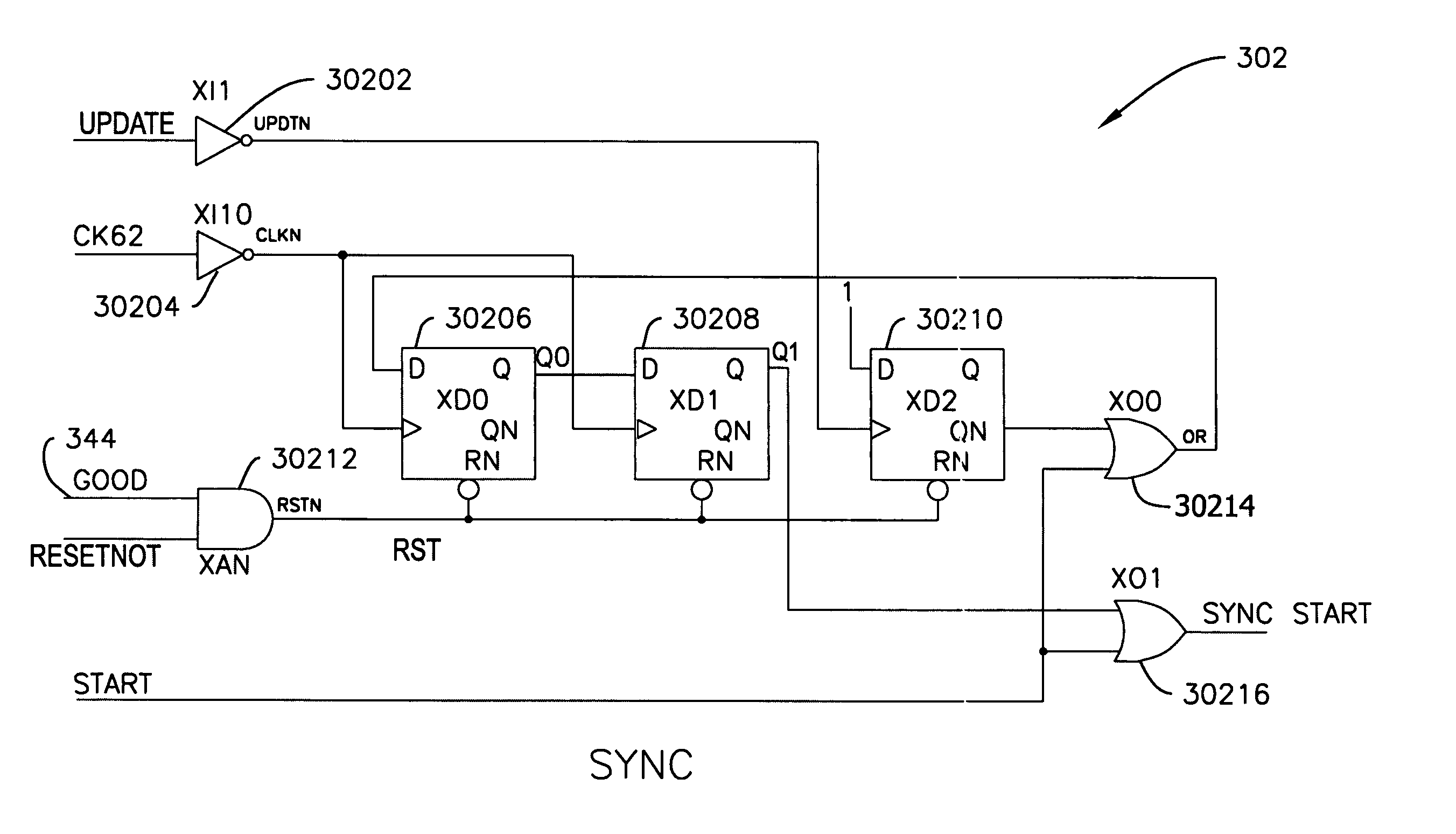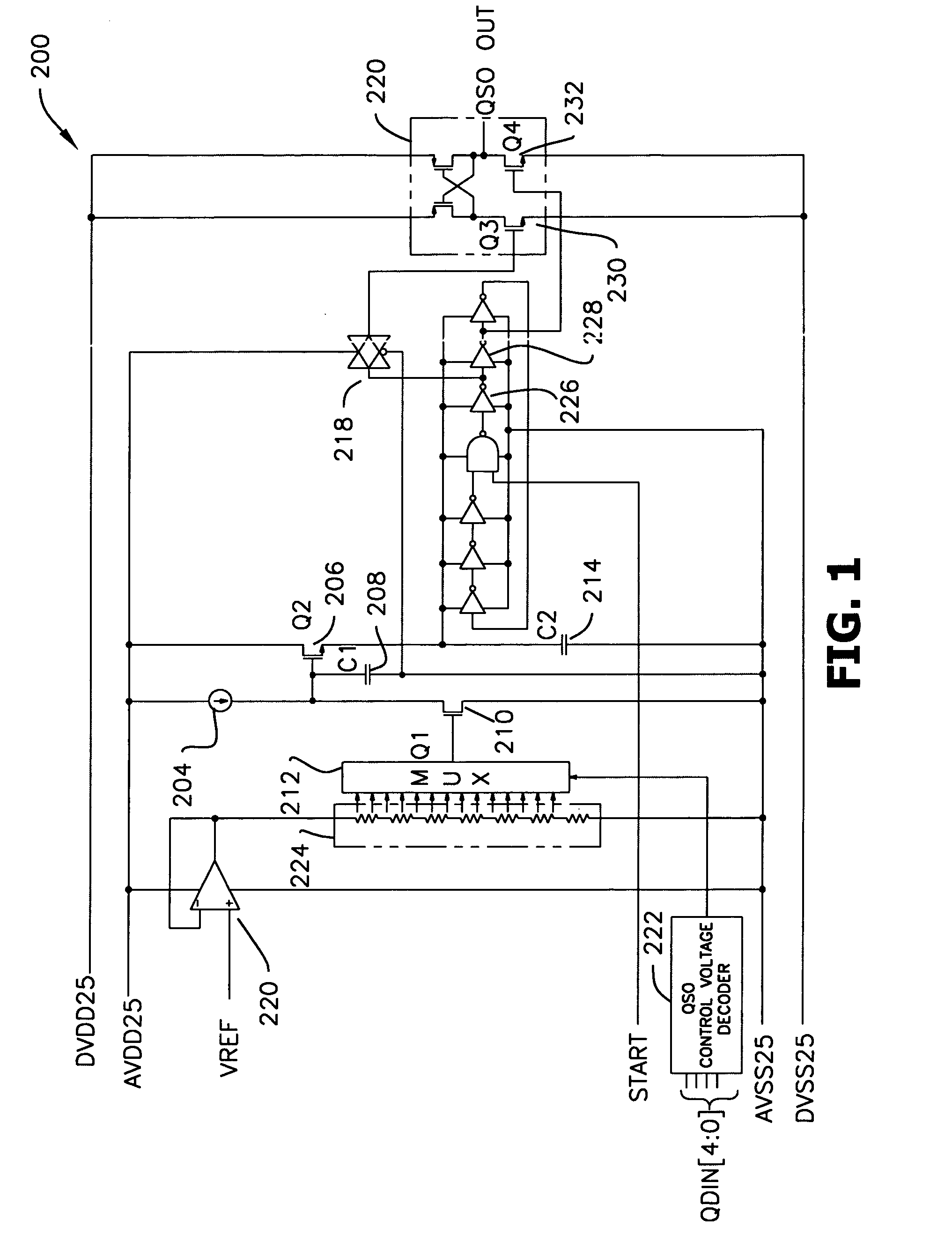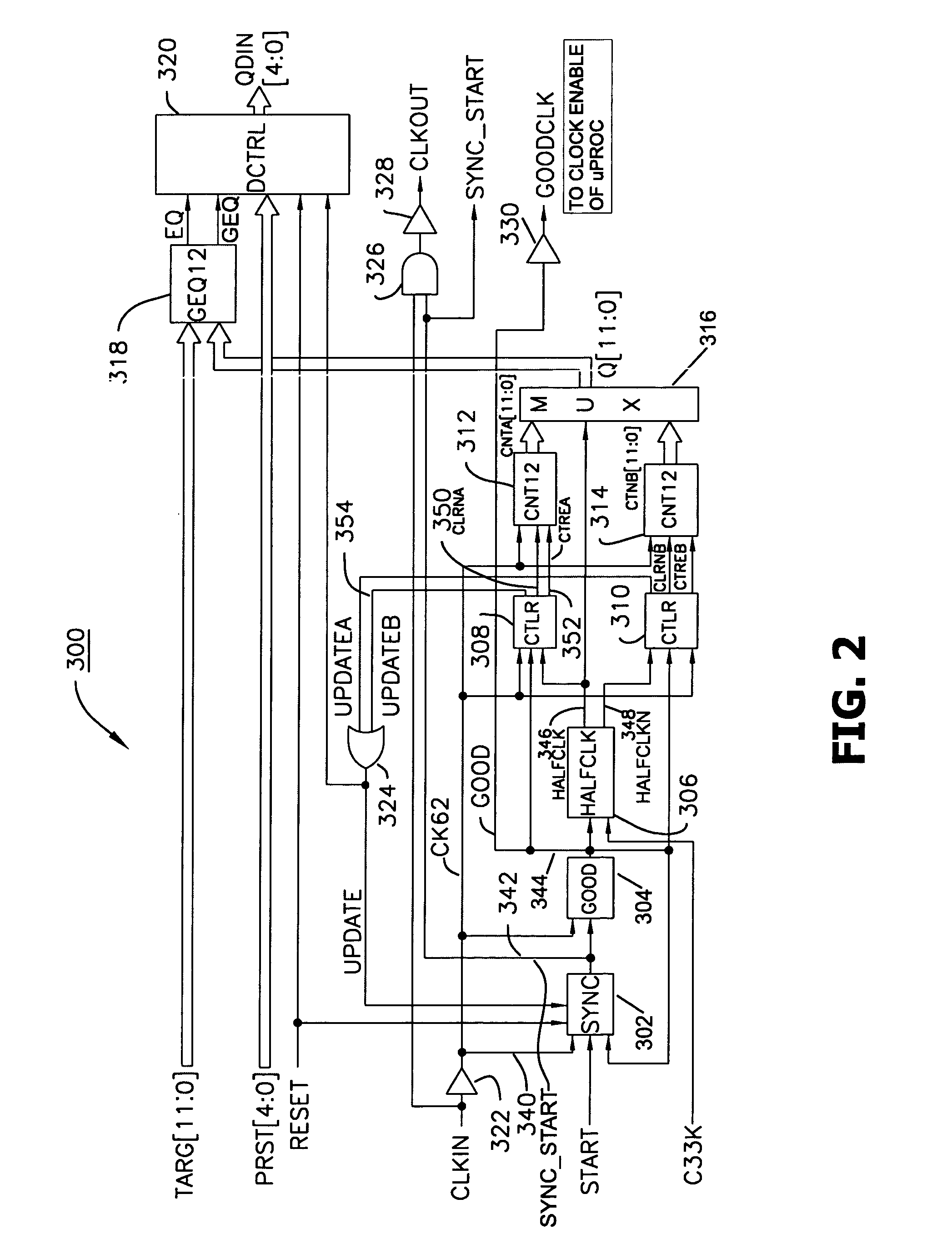Low power method of monitoring and of responsively initiating higher powered intelligent response to detected change of condition
a technology of intelligent response and detection, applied in the direction of electric variable regulation, process and machine control, instruments, etc., can solve the problems of clocking frequency, clocking logic or the like's equivalent, slow response speed, etc., to achieve faster response, less power, and faster response speed
- Summary
- Abstract
- Description
- Claims
- Application Information
AI Technical Summary
Benefits of technology
Problems solved by technology
Method used
Image
Examples
Embodiment Construction
[0035] Referring to FIG. 13, a block diagram is provided of an illustrative system 1300 in accordance with the invention. While system 1300 sports a battery-powered, switched power supply (1301, 1305) having a low power sleep mode capability, the disclosure is not limited to just this illustrated application. The present teachings can find use in many other environments where it may be advantageous to provide one or both of a low power monitoring of vital system conditions and a higher powered, rapid intelligent or logical response to detected change of one or more of the monitored conditions.
[0036] Three components of particular relevance in FIG. 13 are: (1) a plurality of low-power-consuming, condition monitors (1310a, 1310b, etc., only two shown) that respectively monitor vital conditions (e.g., voltages) within the system 1300; (2) at least one quick-start oscillator (QSO) 1330 that can have its oscillations quickly started (e.g., in much less than a millisecond) by any one of ...
PUM
 Login to View More
Login to View More Abstract
Description
Claims
Application Information
 Login to View More
Login to View More - R&D
- Intellectual Property
- Life Sciences
- Materials
- Tech Scout
- Unparalleled Data Quality
- Higher Quality Content
- 60% Fewer Hallucinations
Browse by: Latest US Patents, China's latest patents, Technical Efficacy Thesaurus, Application Domain, Technology Topic, Popular Technical Reports.
© 2025 PatSnap. All rights reserved.Legal|Privacy policy|Modern Slavery Act Transparency Statement|Sitemap|About US| Contact US: help@patsnap.com



